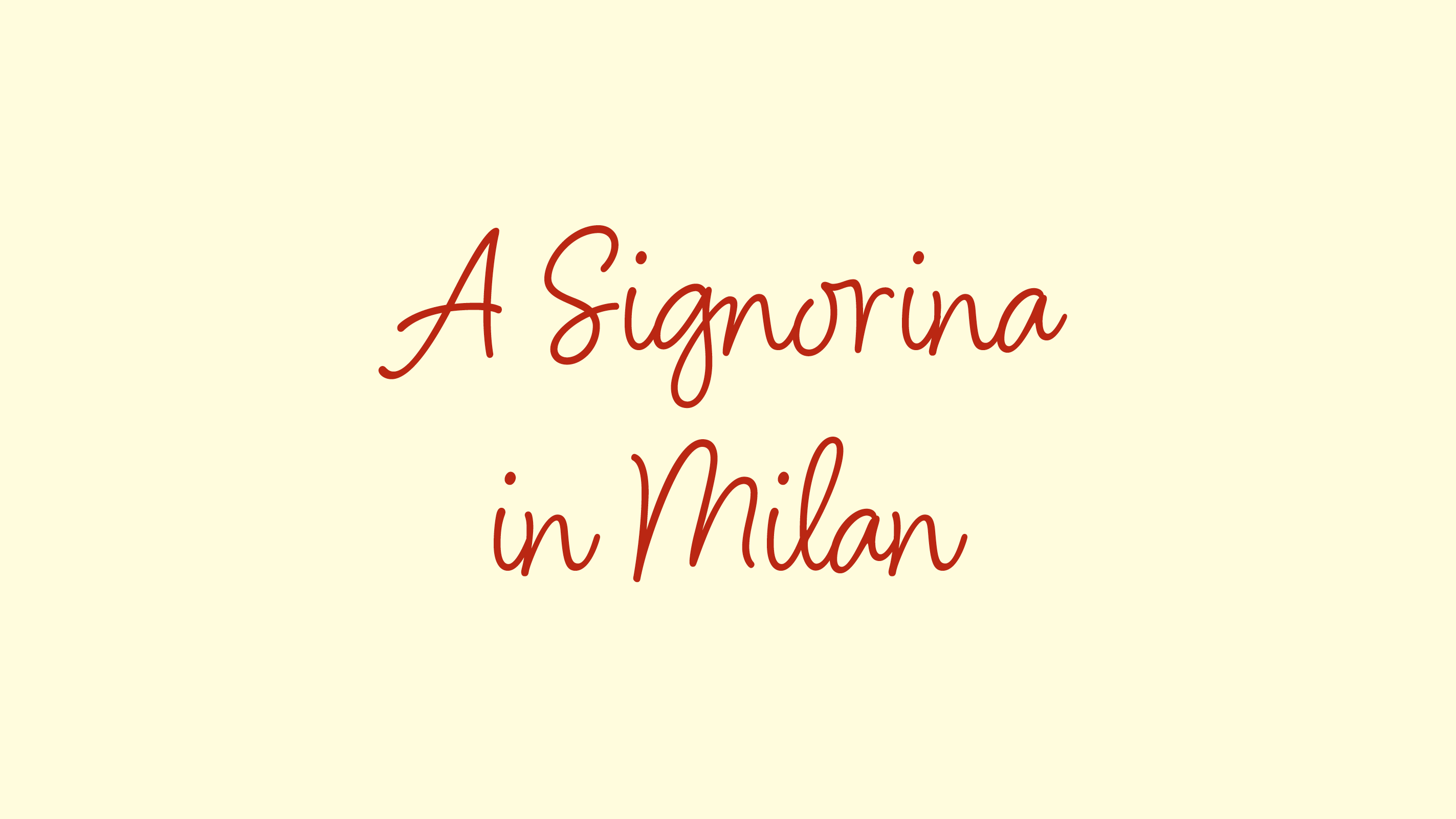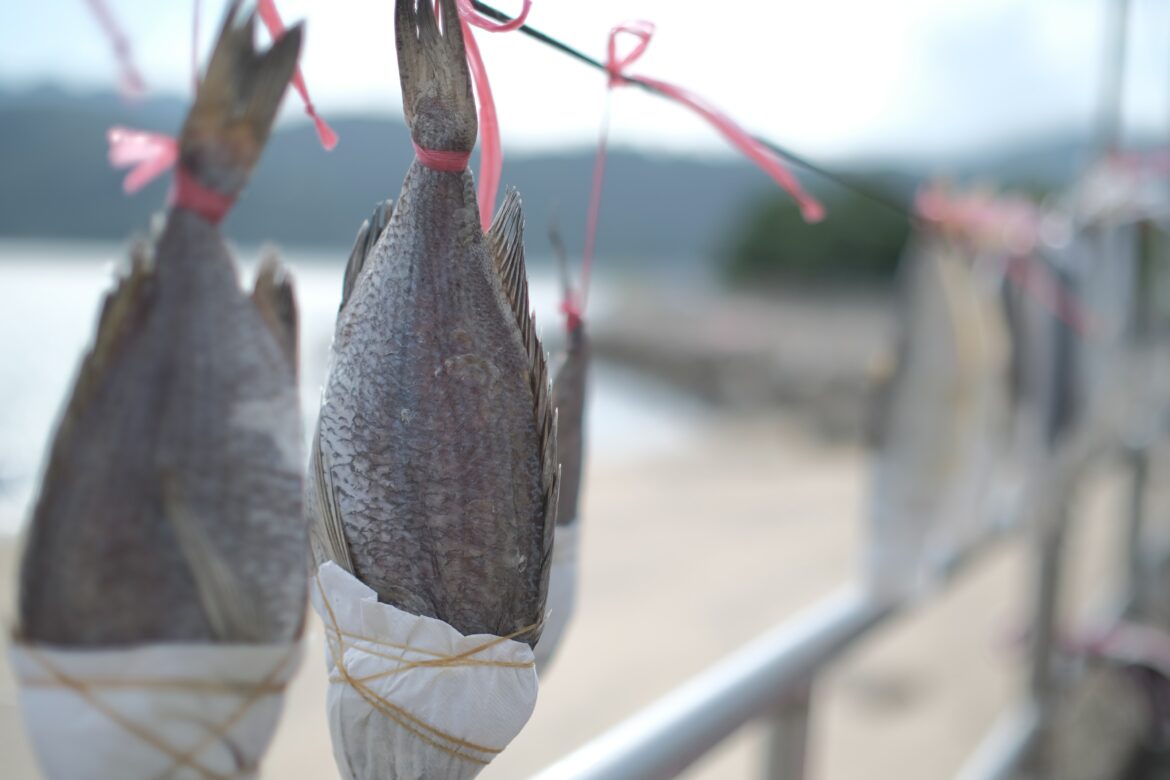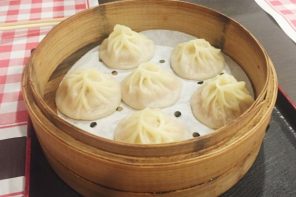I remember that dinner at Ratanà in November 2015 when I noticed baccalà fish and chips on the menu. Not gonna lie, I was a little confused – chef Cesare Battisti was known for championing local lake fish and not using seafood, so what why baccalà?
Naturally, I did some digging and learned that salted and dried cod fish (merluzzo in Italian, merluzz’ in the local dialect) has strong ties to Milanese and Lombard culinary traditions. Why? Back in the day, fresh seafood couldn’t be delivered promptly to landlocked Milan, so preservation was the way to go. If you flip through an old Milanese cookbook you’ll find at least one baccalà recipe; you’ll also find it on the menu at several old-school Milanese cookbooks as well as on the menu at Milanese restaurants around town.
Cucina Milanese Contemporanea (Contemporary Milanese Cuisine), which the earlier mentioned Battisti co-authored with Gabriele Zanatta, features a recipe for baccalà fritto (fried), stating that the preserved fish was an important bargaining chip in Milanese tradition and was often sold on street corners alongside salted herring and anchovies.
In regard to the places around town serving it, Da Martino changes its menu daily, but every once in a while a baccalà dish makes an appearance–during my most recent visit, they had trippa di baccalà, You can also find baccalà at Trattoria del Nuovo Macello, Trattoria Masuelli San Marco, and Antica Trattoria del Gallo, among others.
In addition to prepared fried or as a fillet, one of the most popular versions found around town is baccalà mantecato, a creamed/whipped cod emulsion of sorts typical of Venice. The sformato di baccalà alla certosina – is a baked potato and cod cake of sorts typical of Lombard cuisine while baccalà alla mantovana is a preparation from Mantua made with butter, garlic, lemon, parsley, salt, and pepper.
A glance through some of my Milanese cookbooks reveals recipes for baccalà con cipolle (with onions), alla milanese with potatoes (sauteed in oil and cooked in wine and flavored with salt and pepper), in umido (as a stew), and more fried preparations, and I’m sure there’s plenty more from where they came.





